

Peterson Rich Office (PRO) is a New York City-based architecture and design practice that pursues cultural and residential projects with an inventive and joyful spirit.
The young firm, founded by Miriam Peterson and Nathan Rich in Brooklyn in 2012, was awarded a New Practice New York prize by the American Institute of Architects New York Chapter in 2018. Over the years, PRO has steadily produced provocative and challenging proposals that interrogate how finance, form, and use interrelate at the urban scale. Whether crafting a secluded artists' studio, mixed-use towers, or proposals for maximizing the land adjacent to public housing projects, the firm manages to think-through and sometimes entirely re-think the role architects can play in bringing transformative projects to life.
For this week's Studio Snapshot, Archinect was able to connect with Peterson and Rich to discuss, among other topics, how architects represent but one part of a "massive network of stakeholders for any building project."
Where and when did your studio start?
PRO was founded by Miriam Peterson and Nathan Rich in Brooklyn in 2012.
How did you come up with your name and company ethos?
We both were starting our careers when the 2008 financial crisis hit, and had to move jobs and career expectations in order to stay employed. For us and many of our colleagues, this experience called into question our basic understanding of what architects do and the value we provide. It was clear how vulnerable our work can be to economic shifts.

In founding PRO we were determined to create an office that generates many kinds of value—cultural, economic, social. We have deliberately cast a wide network for collaborators, clients and and project types. As a result, we wanted an office name that would be personal, but would also enable growth and future partnerships. PRO includes the names of the founders but can also transcend them.
We both were starting our careers when the 2008 financial crisis hit, and had to move jobs and career expectations in order to stay employed. For us and many of our colleagues, this experience called into question our basic understanding of what architects do and the value we provide. It was clear how vulnerable our work can be to economic shifts.
How many people work at the company? Are you looking to grow?
We have seven full-time employees as well as a varying number of interns. We have grown over the last year and will continue to do so.
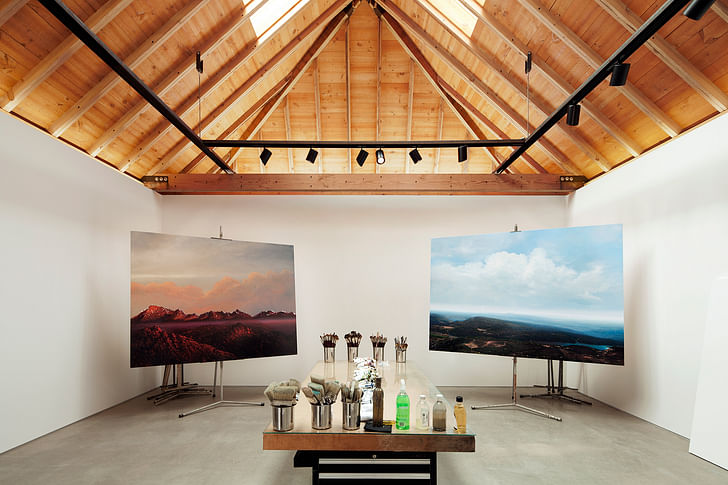
What are other offices that you look to for guidance and why?
Before founding PRO, Miriam worked with Tod Williams Billie Tsien Architects (TWBTA) and Nathan worked with Steven Holl Architects. Both are design-driven practices that focus on institutional work. TWBTA has a reputation for relentless focus on detail. Holl’s office makes buildings that unify structural, MEP, and architectural approaches with a singular concept. We try to embrace both approaches in our work.
On a personal level, Tod and Billie run their office like a family, and we try to do the same.
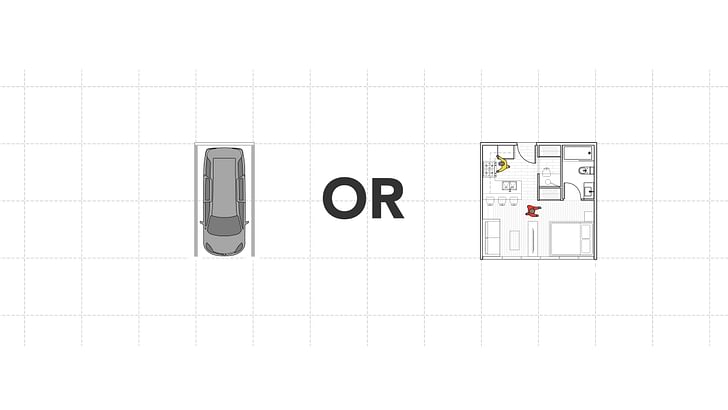
What are you currently working on?
In 2018 we completed Galerie Perrotin on the Lower East side of Manhattan, which has led to a series of art-related projects. This spring we won a competition for a new gallery building at Wesleyan University, which has just entered the construction document phase. The site is between two historic McKim, Mead, & White buildings and offers enormous potential, giving visual arts a new, strong presence at Wesleyan.
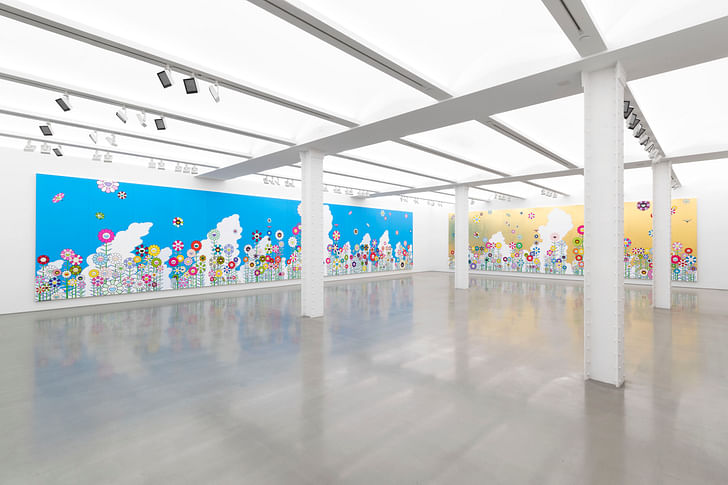
We are also working with an arts organization in Detroit on an adaptive reuse of an old, very large church into a gallery, performance space, and community arts center. Detroit is undergoing massive scale change and clients like ours are experimenting with new typologies and strategies to bring energy to under-developed areas.
Lastly we are working with the artist Nina Chanel Abney on a new studio in the Cold Spring. This is our second arts project in the Hudson Valley, which is seeing an incredible expansion of artist spaces and cultural venues.

How would you define your firm’s perspective on work-life balance?
We work hard to keep a good balance for us and our employees. Part of this is by necessity in our own lives—we have a young daughter—but we are also finding that our young employees expect a balanced lifestyle and that their work improves as a result. This wasn’t the case when we both came out of school, and we see it as a positive development in the profession.
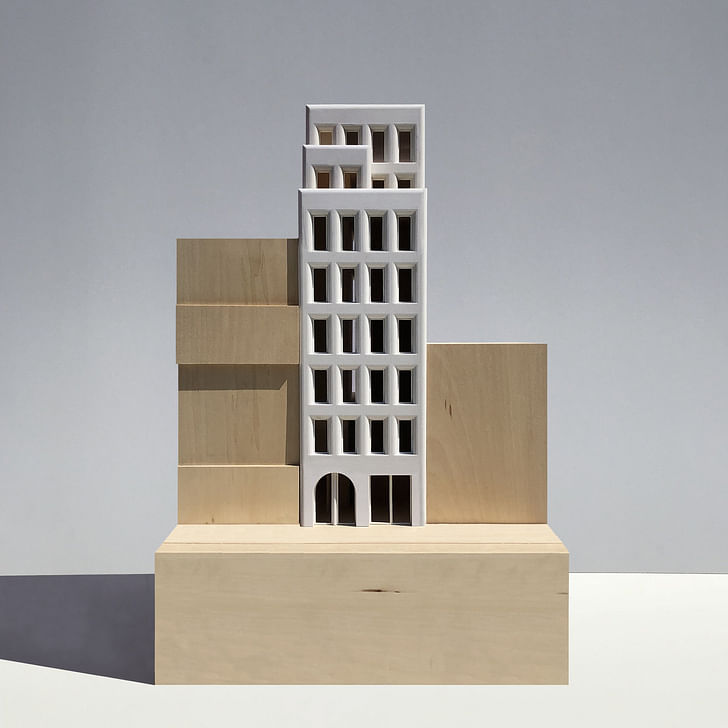
We work hard to keep a good balance for us and our employees. Part of this is by necessity in our own lives—we have a young daughter—but we are also finding that our young employees expect a balanced lifestyle and that their work improves as a result. This wasn’t the case when we both came out of school, and we see it as a positive development in the profession.
You have a history of approaching architecture from a perspective that is highly informed by real estate development, can you share how this focus shapes your work and how you view the role of architecture as a value-added enterprise?
Architects are one part of a massive network of stakeholders for any building project.
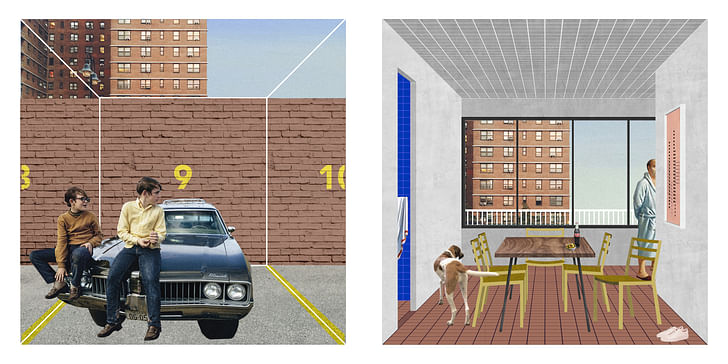
You were recently selected to research ideas for how to reposition and upgrade the New York City Housing Authority’s (NYCHA) properties. Given the entity’s massive budget shortfall, how can architects make a meaningful impact in what’s going on?
Among architects and planners much has been made of the failure of the tower-in-the-park design concepts that generated most NYCHA sites. When we look at these sites, with all their challenges, we see potential. Holistic strategies to development on NYCHA sites could help unlock this potential and generate massive values for the housing authority, making up the budget shortfalls and ensuring the long term vitality of NYCHA apartments, which house more than 400,000 New Yorkers.

Some examples: NYCHA sites have more than 20 million square feet of surface level parking lots; Although many NYCHA buildings are in disrepair, their structural systems could easily support four-five story rooftop expansions and building upgrades; Most NYCHA sites are vastly under-built with millions of square feet of development rights yet to be unlocked.
These are but three examples of the opportunities before NYCHA. The political and economic challenges are enormous, but as architects we can visualize this potential through our proposals and nudge along large-scale, ambitious thinking.
Antonio is a Los Angeles-based writer, designer, and preservationist. He completed the M.Arch I and Master of Preservation Studies programs at Tulane University in 2014, and earned a Bachelor of Arts in Architecture from Washington University in St. Louis in 2010. Antonio has written extensively ...
2 Comments
I like the Brooklyn Mixed use building. Not sure how well it will keep the rain out, but nice shapes. Reminds me of my favorite Brooklyn building.
that Telfair studio is beautiful.
thanks for posting about PRO i never would have seen that.
Block this user
Are you sure you want to block this user and hide all related comments throughout the site?
Archinect
This is your first comment on Archinect. Your comment will be visible once approved.